The woman's eyes are the part of the face that other people notice first of all. With the help of the eyes, you can express most feelings and emotions, reflect mood and even opinion. Many representatives of the fair sex will say that if something is wrong with their eyes (swelling, redness, wrinkles or even unsuccessful makeup), then they do not feel attractive at all.
Even if you make every effort to extend youth and beauty of the eyes, unfortunately, over time, they can still give out the true age of the woman. The fact is that in the area of \u200b\u200bthe eye there are no powerful ligaments and muscles that can always hold the eyelid in the usual position, so gradually (sometimes even at a very young age), there is an omission of the outer corners of the eye, the formation of “goose legs”, and the look ceases to reflect your own Emotions and constantly have a dull and tired expression. Conducting cantopoxia (raising a century operational way) can return their former youth to the eyes, and freshness to the look.
Content
- Cantopexia: anatomical features of the structure of the eye
- What is cantopexia and cantoplasty
- Indications for conducting cantopecia
- Cantopexia: Contraindications
- Cantopexia: Preoperative preparation
- The technique of cantopecia
- Recovery period after cantopecia
- Possible complications after cantopecia
- Cantopexia: photo before and after
Cantopexia: anatomical features of the structure of the eye
To understand why cantopex is being carried out, let's figure out the structure of the human eye. The skin of the eyelids is very thin and delicate, its fabrics by nature contain a small amount of collagen compared to other parts of the epidermis. It is with this that the early formation of wrinkles and the rapid loss of elasticity is associated. The skin around the eyes more than other areas of the face suffers from the action of ultraviolet rays, the first to lose moisture and nutrients.
A circular (periorbital) muscle is located under the skin, due to the reduction of which the eyelids can close and open. With a strong contraction of the circular muscle in the external cantus (the so -called eye corner in medicine), skin folds appear. These folds, which fan -shaped diverge from the corner of the eye, were popularly nicknamed the "goose paws." If at a young age “goose legs” are leveled, then over time they are preserved even at rest (when there is no tension of the circular muscle of the eye).
Under the circular muscle there are delicate cartilaginous plates, to which the muscle is attached with the help of ligaments and tendons. One end of the tendons of the lower and upper eyelids is connected to the edge of the cartilage, and the other connects them with each other - this is how the external and internal corners of the eyes are formed. This whole structure, in turn, is fixed to the fabric covering the bone to the periosteum.
The tendons of the external cantus of the eye are by nature more elongated and thin in comparison with the tendons of the internal. Therefore, gradually they stretch more and more, and the outer corner begins to fall, changing the natural shape of the eye. Another cause of prolapse of the outer corner of the eye may be congenital pathological weakness of tendons when prolapse occurs from the very birth of a person.
Normally, the outer corner of the eye should be at the same level with the internal, or about 2-3 mm above it. It is no coincidence that the majority of women, applying the “arrows” forever, try to emphasize the amygdala of the eyes, because It is this form that is considered close to ideal.
What is cantopexia and cantoplasty
If dehydration of the skin around the eyes, wilting and premature appearance of wrinkles can be prevented using facial care products or the use of cosmetic procedures, then the weakening and prolapse of the cantus using cosmetology cannot be stopped. In order to find the former expressiveness and youth of the eyes, you need to turn to the help of aesthetic surgery - to conduct cantopexia or cantoplasty.
Cantopexia is a kind of plastic surgery, during which the surgeon lifts and strengthens the external corners of the eyes. If a part of the cantus is still removed during the operation (due to its excessive stretching and for other reasons), then such intervention is called cantoplasty. What type of operation a specific person needs to solve his aesthetic problems only a qualified doctor can determine.
Indications for conducting cantopecia
- Opinion of the outer corners of the eyes (congenital or age).
- Eye cut adjustment. Often, women who want to change the shape of the eyes for aesthetic considerations turn to the services of plastic surgery: make more or change their form. Medical indications: Correction of the eye cut during pache -eyed (exophthalmos), which occurs with diseases of the thyroid gland.
- Creating the effect of "cat eyes."
- Correction of "bags" under the eyes that occur due to fat deposits.
- Post -traumatic weakening of Kantus.
- Shortening of the eye slit as a result of fusion of the eyelids.
- Complications after burns and chronic inflammations.
- Unsuccessful eye correction operations in the past.
- Raising the sag of the lower eyelid. Thanks to this, the dull and mournful expression is eliminated, characteristic of older people.
- Cantopexia allows you to return the previous state of the eyelids with a diagnosis of ectropion (the outbursts of the mucous membrane of the eyelid to the outside). Such a problem can occur as a result of injuries and the formation of scar tissue, as well as with muscle tone loss.
- Partial correction of the asymmetry of the face. Such a need arises to restore the parameters of the face in people who have undergone paralysis of the facial nerve.
- Prevention of the effect of bulging eyes in patients with myopia.
- Simultaneously with cantopexia, blepharoplasty is often carried out - an operation to correct the eyelids.
Cantopexia: Contraindications
- eye diseases;
- pathology Violation of blood coagulation;
- diabetes mellitus;
- glaucoma (increased intraocular pressure);
- arterial hypertension;
- heart disease and blood vessels;
- symptom of "dry eye";
- oncological diseases;
- diseases in acute form;
- exacerbation of chronic somatic diseases;
- thyrotoxicosis (a large amount of thyroid hormone in the blood);
- pronounced myopia;
- infectious diseases.
Cantopexia: Preoperative preparation
If it seems to you that the condition of your eyes requires cantopxation, first of all, consult a qualified ophthalmologist who will conduct preliminary diagnostics. Secondly, it is necessary to visit the general practitioner, and undergo a preoperative examination for the general condition of the body, on the basis of the results of which contraindications for the operation can be revealed.
List of necessary preoperative research:
- General test of blood and urine.
- Determination of blood group and Rh factor.
- Determining the time of bleeding and coagulation.
- Blood test for HIV, RW (syphilis) and hepatitis.
- Electrocardiogram.
- Fluorography.
- Narrowly focused studies, if there are appropriate readings of the doctor.
Cantopex is carried out in clinics in plastic surgery or in departments of ophthalmology. With the help of special computer programs, the patient is demonstrated how he will look after conducting cantopecia and cantoplasty. Before the operation, the plastic surgeon takes eyes of eyes in various angles in order to further compare them with the result of the operation.
There are no seasonal contraindications for the operation: you can contact specialists at any time of the year. However, it is better to do this in the spring, summer, or early autumn, so that during the recovery period it is not overcooling.
The technique of cantopecia
Cantopexia in the external century zone (lateral) is carried out on an outpatient basis under local anesthesia. An operation that affects the area of \u200b\u200bthe inner angle of the eye and is needed for the correction of pathological skin folds or scars is called medial. If the patient has complex and volumetric surgical intervention, then cantopexia is possible under general anesthesia.
The average duration of the operation does not exceed 1-2 hours. The choice of technique always remains with the surgeon. Often, a small (up to 1cm) horizontal section with a scalpel along the lines of preoperative marking above the upper age is performed. Through this incision, the doctor gets access to the tendon, which holds the outer cantus, pulls it and fixes it to the periosteum using special self -absorbing threads. This small seam is needed to fix the lower eyelid in a new position. With cantoplasty, the tendons can be partially removed. Then the seam is applied with an already non-non-vocational thread, the nodules from which will be removed 5-7 days after surgery. Throughout the time, the eyes are covered with a special protective cap.
After healing, the scars will be little distinguishable, due to the fact that the seam is made in the place of a natural skin fold. After the operation is completed in the patient’s stay in the clinic, there is usually no need, so he can go home. Only in exceptional cases when postoperative observation is necessary, the patient remains for 1 day in the hospital.
Recovery period after cantopecia
Although at first glance the operation seems quite simple, it is still a serious intervention in the body's work and significant stress for it. Therefore, after the correction of the century (as after each operation) you will need a certain time for recovery.
Immediately after the operation, swelling, bruises and irritation of conjunctiva will appear. This is a normal reaction of the area around the eyes to surgical intervention - after all, the skin of the eyelids is very thin and has a large amount of blood vessels.
The patient may have lacrimation, burning, pain, increased photosensitivity, a feeling of unnatural tension of the eyelids. Therefore, in the postoperative period, the doctor can prescribe painkillers and special eye drops to reduce conjunctiva irritation. Unpleasant and painful sensations disappear after a few days (depending on how quickly the body is restored). The feeling of tension of the eyelids will remain for another 1-2 months.
It is very important that the patient is attentive to the restoration of his body after surgery.
- To protect your eyes from excessive load, it is recommended to exclude watching TV, work at the computer, reading.
- It is advisable to avoid too bright light and go out into the street only in sunglasses (glasses will also protect from dust and reduce the risk of inflammation).
- In no case should you visit the sauna, solarium and gym - excessive sweating will provoke irritation and inflammation of fresh seams.
- It is necessary to refuse to wear contact lenses and the use of cosmetics.
- Also, you can’t bend and lift weights.
- For sleep after surgery, it is better to use a flat pillow so that the head lay evenly. It is recommended to sleep only on the back.
The entire recovery period will take about 10-20 days, and only after that it will be possible to fully evaluate the result of the operation. The seams after cantopex usually heal well - difficulties rarely occur. After some time, the scar glumbles and completely disappears from the surface of the century. The effect of the operation is quite long - from five to ten years.
Possible complications after cantopecia
- too noticeable or rude scar;
- inflammatory or infectious processes;
- insufficient correction;
- excessive correction;
- the patient is dissatisfied with the shape of the eyes after plastic surgery.
The price of cantopxia and cantoplasty varies from 10 to 60 thousand rubles. It is more dependent on which clinic you decided to carry out the operation. The cost of cantopecia includes anesthesia, the operation itself, stay in the ward, postoperative dressings, the necessary drugs. Carrying out combined surgery (for example, when the patient needs cantoplasty and blepharoplasty - removal of subcutaneous fat) at the cost of the cost is much less than the two operations at different times. Moreover, one incision is used and you do not have to experience the rehabilitation period twice.


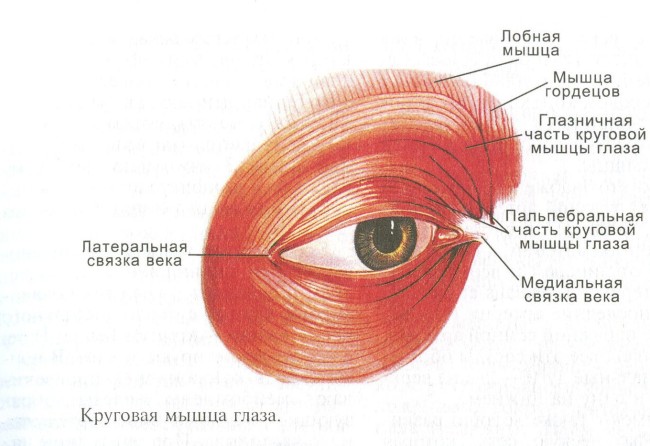

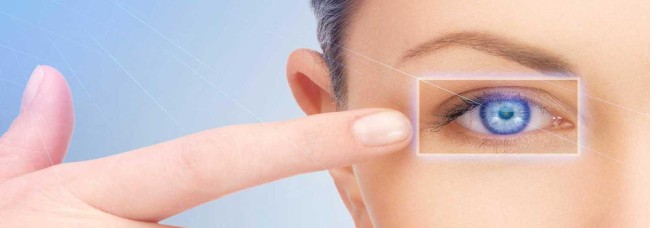
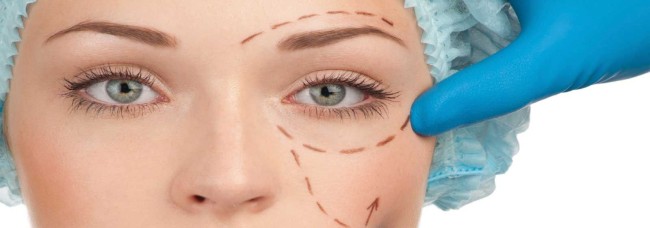




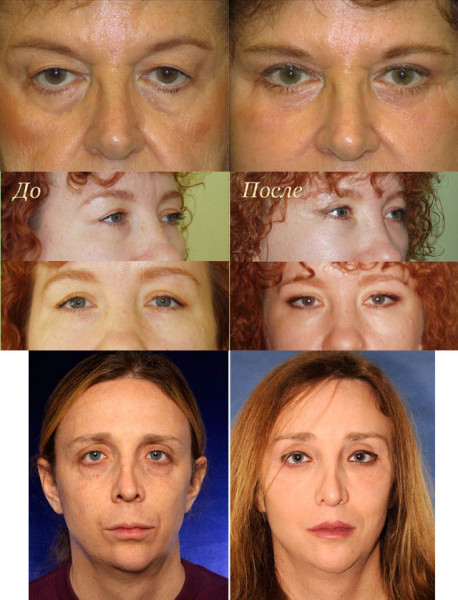

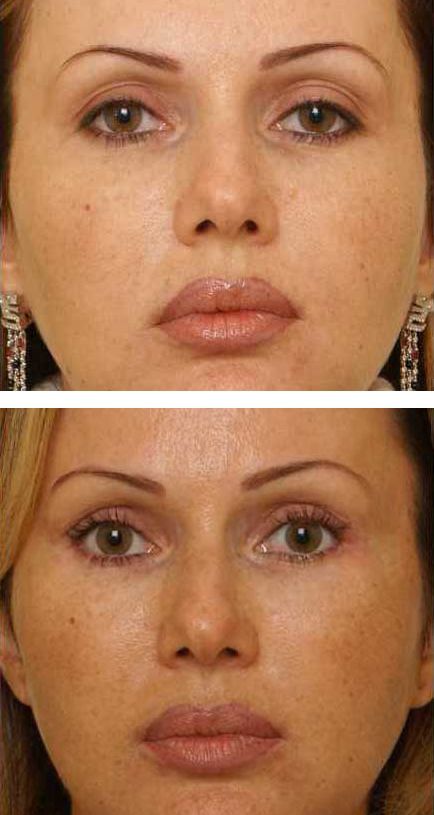
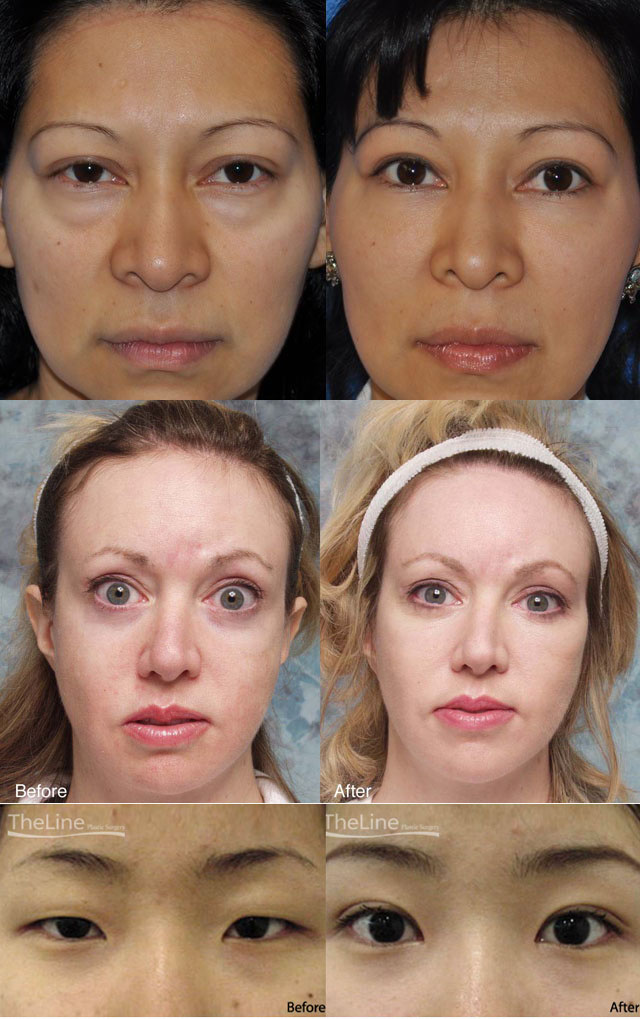







Comments
a couple of years ago, there was no side of metrogils from the same problem, there were no side effects ...
I’m not a fan of peeling at all, it saves from acne of metrogil, it also smoothes it ...
Great article! ...
I take the second course of the Capsules Climafite 911. The tides went very quickly. It became calmer, irritability went away and I sleep well ...
i also noticed - it is worth nervous, everything immediately affects the face. Therefore, I try to avoid conflicts and unpleasant people. Of the creams, I like Miaflow from wrinkles - smoothes not only small wrinkles ...